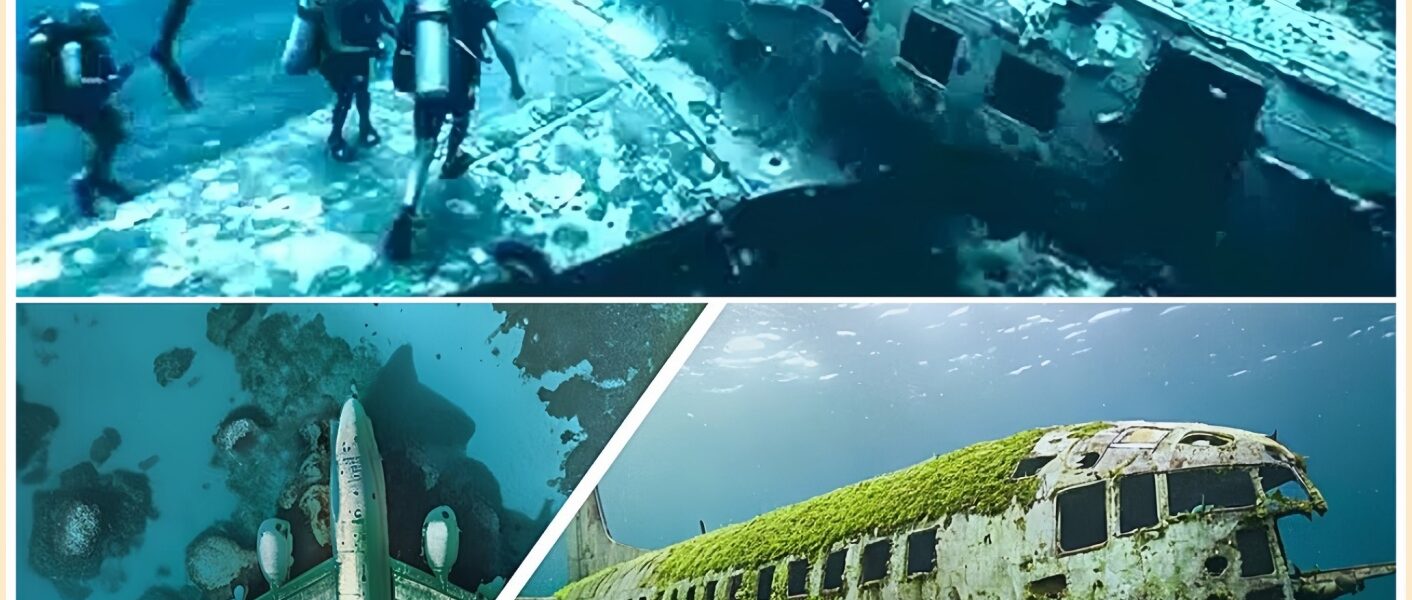One of the most intriguing mysteries in aviation history, the disappearance of Malaysia Airlines Flight 370 has captured global attention for nearly a decade. On March 8, 2014, the Boeing 777 en route from Kumala Lumpur to Beijing disappeared from radar screens, leaving a trail of questions, theories and heartache for the families of the 239 passengers and crew on board. Despite extensive searches across vast areas of the sea, the whereabouts of the aircraft have remained unknown to this day.

After years of speculation, searches and countless dead effigies, a groundbreaking discovery has finally been made. An underwater drone deck equipped with state-of-the-art Soar technology has pinpointed the exact location of Flight 370. The discovery, which took place in the remote Southern Ocean, about 1,900 kilometers southwest of Perth, Australia, is being hailed as a groundbreaking breakthrough in the investigation.
The drone, used by a specialized search team, searched the seabed in an area that had previously been identified as a possible crash site. This area, known for its treacherous deep-water terrain, has presented significant challenges in previous search missions. However, thanks to advances in deep-sea exploration technology, the team was able to circumvent these obstacles and search the ocean floor with unprecedented precision.

According to sources close to the investigation, drone footage has shown large portions of what is believed to be the wreckage of Flight 370. The footage shows debris scattered across the ocean floor with the sound of a high-force impact. In addition to the wreckage, the drone has identified portions of the plane’s fuselage, fragments of wreckage and what appears to be loading equipment. These investigations have renewed hope that the aircraft, long thought lost, may yet be recovered and provide crucial evidence to unravel the mystery of what happened on that fateful flight.
The discovery has caused an outpouring of emotion among the families of the passengers and crew. Many have expressed relief that after years of uncertainty, there may finally be answers. “We have been waiting for this moment for a long time,” said one family member. “This doesn’t bring our loved ones back, but it brings us closer to understanding what happened to them.”
Aviation safety and accident investigation experts are already analyzing data from the aircraft to reconstruct the final moments of Flight 370. The exact cause of the crash is not yet known, but this discovery could provide important clues. Was it a technical defect, human error or something more serious? The recovered wreckage could hold the key to resolving these questions.

The revelation of Flight 370’s location not only provides closure for families, but could also have implications for the wider area of aviation safety. Lessons learned from this tragedy could lead to improved aircraft tracking systems, more stringent safety protocols and new international standards to prevent similar incidents in the future.
As the world waits for more details, the successful deployment of the underwater launch system marks a turning point in the search for Flight 370. The discovery not only ends years of fruitless searches, but also brings us closer to solving one of the greatest aviation mysteries of our time. The next steps include a painstaking recovery operation, in the hope that the recovered evidence can finally answer the serious questions surrounding the disappearance of Malaysian Flight 370.




